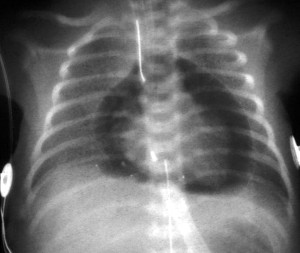Ok so lets talk a little bit about that dreaded day. Most people are really nervous, they have itchy pants or just feel nauseous. Well that’s to be expected. When the day finally arrives you better be ready for it, although guaranteed you won’t feel ready! So now I’m going to tackle some of those test day cliches!
Things you’ve probably been told to do:
- Get a good nights sleep – well that is easier said than done. The likelihood is that you will toss and turn all night. The alternative is to take some melatonin or NyQuil the night before and have a family member or a friend AND an alarm clock set to wake you up. It’s true that a good nights sleep will help you, but don’t beat yourself up if you struggle to get some zzzz’s the night before.
- Eat a healthy meal the night before and a good breakfast the day of – This is dependent on what kind of eater you are. Do you binge eat under stress? Or do you lose your appetite? The fact is your mind is focused on the test, just eat whatever you want! One healthy meal isn’t going to help you the night before. The day of, it is important to have something in your stomach, but if you are too nauseous then just stick to water.
- Don’t study the day of the test – Yeah, I was told that too; what a load of crap! My exam was at 2pm in the afternoon, and you’re damn right I studied before it. I didn’t go hardcore and freak out over the things I didn’t know. I simply went over the rationales of the mock test I took the day before. I felt like it got me in the groove without freaking me out. At the end of the day there will be questions that you just don’t know, but NCLEX know that, which is why they keep evaluating you with each question and will shut off when you have proved yourself.
- Aim to pass in 75 questions – This is a stupid notion; you should not expect or hope to be done in 75Q. Mentally prepare yourself to go the whole way. If you get to question 75 and it doesn’t shut off it doesn’t mean you failed – it means you still have to prove yourself, so take the challenge!!! Don’t freak out when questions 76 pops up, I had a friend that passed and it shut off after Q76. It is important to just take each question at a time, if you are clueless, then go with your gut and just pick one, you have to keep pace.
- You can always take it again – This isn’t a bad thing to keep in mind. We put a lot of pressure on ourselves; we don’t want to be the ones who fail, BUT, life is full of set backs and the fact that you can take it again if necessary should relieve some of that pressure. If you fail it doesn’t make you stupid, there are so many factors involved in taking the test, you just have to draw up a new study plan and start over.
You can do it, NCLEX isn’t a monster, just a bridge to cross! Best of luck to you!









